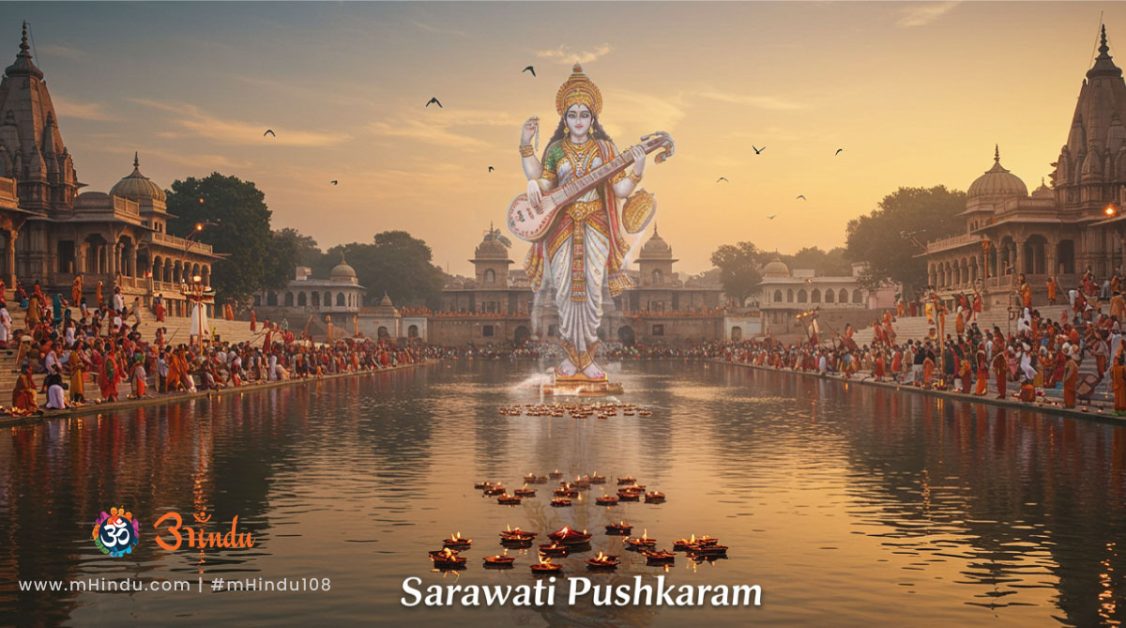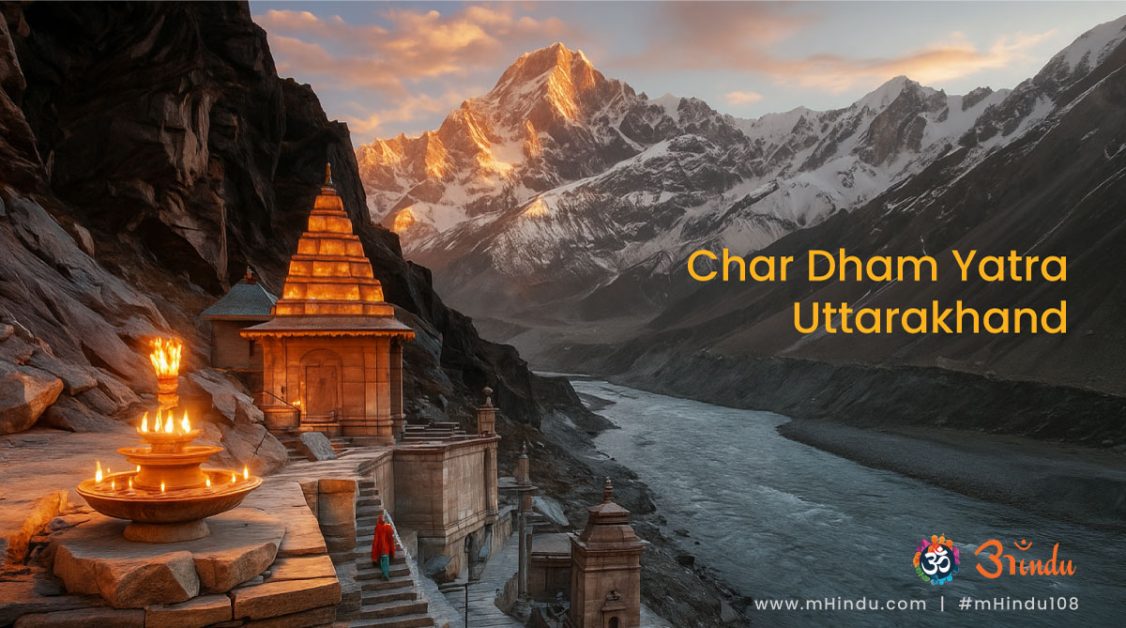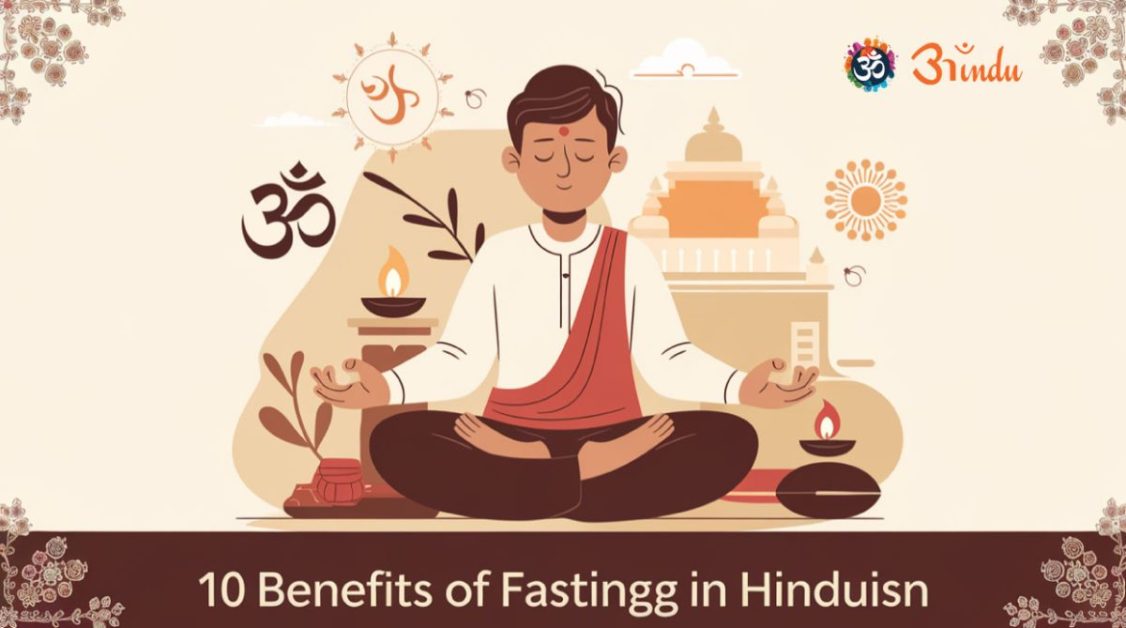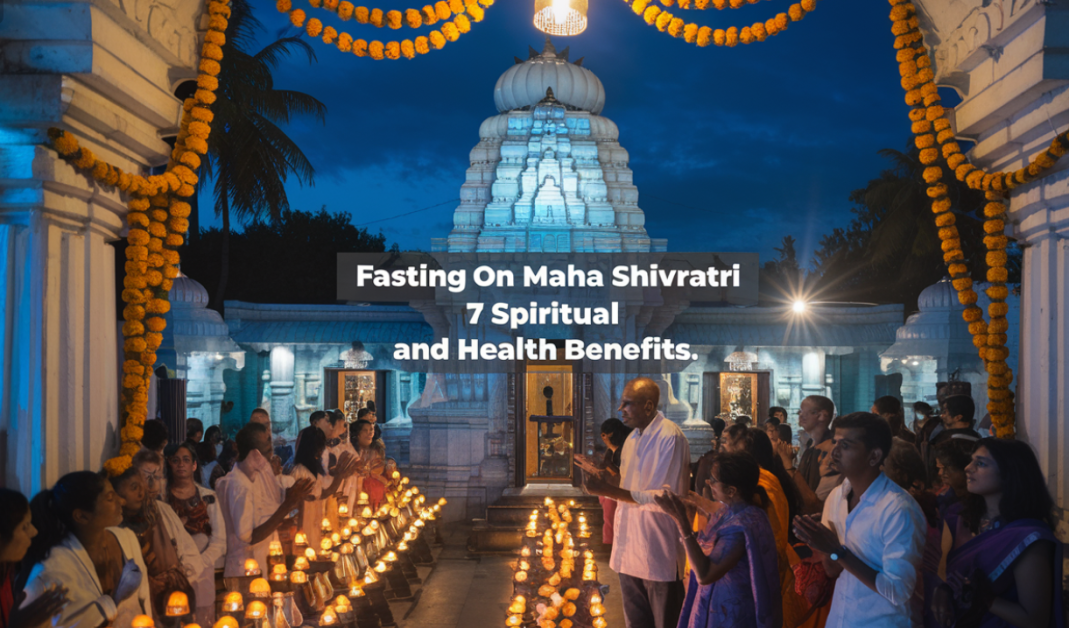
Maha Shivratri, the grand night of Shiva, is a time for deep devotion and spiritual awakening. For Hindus, visiting sacred shrines is a vital part of this observance. This blog post serves as a guide to some of the most significant Maha Shivratri temples across India, offering a virtual pilgrimage for those seeking blessings and connection with Lord Shiva.
Explore Blog Content
ToggleThe Significance of Temple Visits on Maha Shivratri
Visiting a temple, particularly on Maha Shivratri, is considered highly auspicious. It’s an opportunity to connect with the divine, offer prayers, and immerse oneself in the powerful spiritual atmosphere. These Maha Shivratri temples, vibrant with devotion, become focal points of intense energy during this sacred festival.
"Maha Shivratri is the night of the union of Shiva and Shakti. It is a time to transcend our limitations and realize our true potential. Let us surrender our ego and merge with the divine consciousness, experiencing the bliss of oneness."
7 Must-Visit Maha Shivratri Temples
Here are seven prominent Shiva temples, each offering a distinct spiritual experience for Maha Shivratri:
- Mahakaleshwar Jyotirlinga, Ujjain, Madhya Pradesh: One of the twelve Jyotirlingas, Mahakaleshwar is renowned for its unique ‘Bhasma Aarti’ (ash ceremony). The temple’s grandeur and the powerful presence of Lord Shiva attract devotees from across the globe, especially during Maha Shivratri. The intricate rituals and the deep sense of tradition make it a truly unforgettable experience.
- Somnath Jyotirlinga, Gujarat: Another revered Jyotirlinga, Somnath, stands majestically on the coast of Gujarat. Its rich history, architectural splendor, and the potent energy of the Jyotirlinga make it a significant pilgrimage site for Maha Shivratri. The temple’s resilience through history adds another layer of reverence.
- Kashi Vishwanath Temple, Varanasi, Uttar Pradesh: Located in the holy city of Varanasi, Kashi Vishwanath is one of the most sacred Shiva temples. The temple’s spiritual significance and the vibrant, almost electric, atmosphere during Maha Shivratri make it a truly divine experience. The constant flow of devotees adds to the spiritual energy.
- Kedarnath Temple, Uttarakhand: Nestled amidst the Himalayas, Kedarnath is a Jyotirlinga and a vital part of the Chota Char Dham pilgrimage. The challenging journey to the temple is considered a form of penance, and the darshan of Lord Shiva at this high altitude is truly rewarding. Note: Kedarnath is generally closed during winter months and reopens around April/May. Pilgrims should plan their visit accordingly.
- Trimbakeshwar Jyotirlinga, Nashik, Maharashtra: Trimbakeshwar is another Jyotirlinga, known for the origin of the sacred Godavari River. The temple’s serene atmosphere and the presence of the Jyotirlinga make it a spiritually uplifting destination for Maha Shivratri. The natural beauty surrounding the temple enhances the spiritual experience.
- Nataraja Temple, Chidambaram, Tamil Nadu: Dedicated to Lord Nataraja, the cosmic dancer, this temple is an architectural marvel. The intricate sculptures and the spiritual energy of the temple make it a unique place to celebrate Maha Shivratri. The temple’s depiction of cosmic dance is a powerful symbol of Shiva’s energy.
- Brihadeeswarar Temple, Thanjavur, Tamil Nadu: A UNESCO World Heritage Site, the Brihadeeswarar Temple is a magnificent example of Dravidian architecture. Dedicated to Lord Shiva, this temple’s grandeur and historical significance make it a prominent destination for Maha Shivratri. The sheer scale and artistry of the temple are awe-inspiring.
Preparing for Your Maha Shivratri Temple Visit
Before visiting these or any other Maha Shivratri temples, it’s essential to prepare yourself both physically and mentally. Wear modest attire and maintain a respectful demeanor. Familiarize yourself with the temple’s customs and traditions. Check for any special arrangements or timings during Maha Shivratri.
"On this auspicious night of Maha Shivratri, let us remember that Shiva resides within each of us. By observing the vrat with sincerity and devotion, we can purify our minds, strengthen our will, and awaken the Shiva within, attaining liberation from the cycle of birth and death."
The Spiritual Significance of Temple Visits
Visiting a temple is more than just a ritual; it is an opportunity to connect with the divine, offer prayers, and seek blessings. The energy within the temple, amplified during Maha Shivratri, can have a profound impact on one’s spiritual journey. The collective devotion of the assembled devotees creates a powerful spiritual atmosphere.
Maha Shivratri: A Time for Reflection and Devotion
Maha Shivratri is a time for introspection, self-reflection, and deepening one’s devotion to Lord Shiva. Visiting a temple during this auspicious occasion can significantly enhance this spiritual experience. It’s a time to reflect on one’s life and seek guidance from the divine.
Conclusion
These seven sacred Maha Shivratri temples offer a glimpse into the rich tapestry of devotion and spirituality associated with Lord Shiva. Whether you visit one of these renowned shrines or a local temple, the key is to approach Maha Shivratri with sincerity, devotion, and a desire to connect with the divine. The journey itself, both physical and spiritual, is a form of pilgrimage.
FAQs Section
- What is the significance of visiting Maha Shivratri temples?
Visiting temples on Maha Shivratri is considered highly auspicious, believed to bring blessings, purify the mind, and strengthen one’s spiritual connection. - Are these the only important Shiva temples for Maha Shivratri?
These are some of the most prominent, but countless other Shiva temples across India hold deep significance. Explore local temples as well. - What is the appropriate attire for visiting Maha Shivratri temples?
Modest and traditional clothing is recommended. Avoid revealing or casual wear. - What are some common rituals performed at Maha Shivratri temples?
Common rituals include offering flowers, Bilva Patra, performing Abhishek (ritual bathing), and chanting mantras like “Om Namah Shivaya.” - Can I offer any type of prasad at Maha Shivratri temples?
While certain items are preferred, offerings made with sincere devotion are accepted. - What is the best time to visit Maha Shivratri temples?
While you can visit anytime, the night of Maha Shivratri is considered particularly auspicious. - Are there specific mantras I should chant at Maha Shivratri temples?
“Om Namah Shivaya” and the Maha Mrityunjaya Mantra are powerful and commonly chanted. - What if I cannot physically visit a Maha Shivratri temple?
You can still observe Maha Shivratri by praying and meditating at home. Sincere devotion is paramount.






